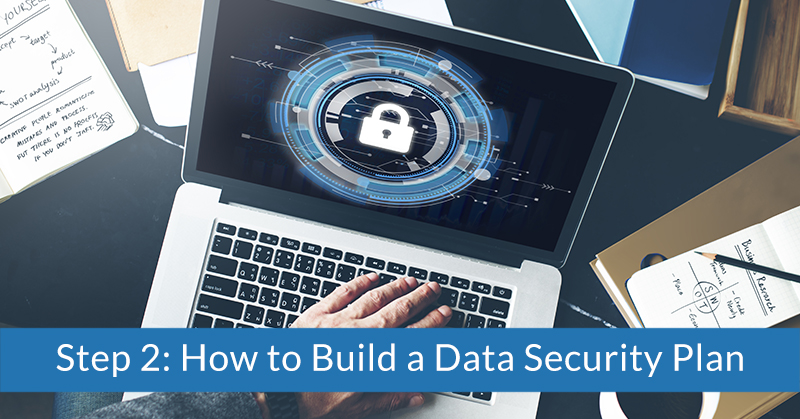In this series of articles, we are providing you a roadmap to build a data security plan based on the IRS and Security Summit partners' critical steps for you to protect your computers and email as well as safeguarding sensitive taxpayer data. If you haven't started building your data security plan, start with the two articles listed below and then come back to this one.
There are six components to a data security plan.
- Install and update antivirus software that scans files and memory for malware
- Use firewalls to shield your computer or network from malicious traffic or malware
- Use two-factor authentication to secure email, accounting software or any password-protected product
- Routinely back up critical files to a secure external hard drive or cloud storage service
- Encrypt files on computers and removable media
- Write down your data security plan as required by the Federal Trade Commission's Safeguard Rule 5
Step 2: Firewalls
A firewall is a security device, either hardware or software, that sits between you and the internet to help block malicious traffic. The firewall manages where data goes or if it’s able to be delivered at all, much like a person directing traffic. When configuring your firewall, you can choose to block data from certain locations (i.e., a specific IP address), applications, or ports while still allowing data and information that you want and need.
There are two types of firewalls. Although each type of firewall has both advantages and disadvantages, the decision to install a firewall (and then following through) is the most important decision you can make.
Hardware-based firewalls are external devices that are physically located between a computer (or network) and the internet. You can find small- or home-office routers that have integrated firewalls or standalone hardware devices. Hardware-based firewalls have the advantage of being able to protect multiple computers and they also can be used in conjunction with software-based firewalls for additional protection. However, they also may need trained professionals to configure and maintain.
Software-based firewalls are generally available as a built-in feature in operating systems. Enabling the firewall feature will increase your protection even if you have a hardware-based firewall installed. In addition, you can purchase additional firewall software from a computer store, software vendor or from your ISP. Note: if you download firewall software, make sure that it is from an established vendor or service provider and that you access it from a secure site. The disadvantage to software-based firewalls is that they are located on the same computer that you are trying to protect, which can make it more difficult for the firewall to detect malicious activity.
Action Items for You
1. At a minimum, ensure that the software-based firewall built into your operating system is turned on. In addition, make sure you are keeping your operating system updated. Here are instructions to turn on the firewall within the operating system:
2. If you are using a third-party firewall, make sure you run updates when prompted.
3. If you have a physical office space, consult with your IT professional to install a hardware-based firewall for your office.
Note: If you have questions about the security of your business or Microsoft accounts, contact Woodard Consulting Group and our team will help you plan a successful and modern security plan.
.png?width=150&height=63&name=TWRlogo-regmark_blueblack%20(1).png)
.png)










Do you have questions about this article? Email us and let us know > info@woodard.com
Comments: